How Much Does It Cost to Have Books Printed?
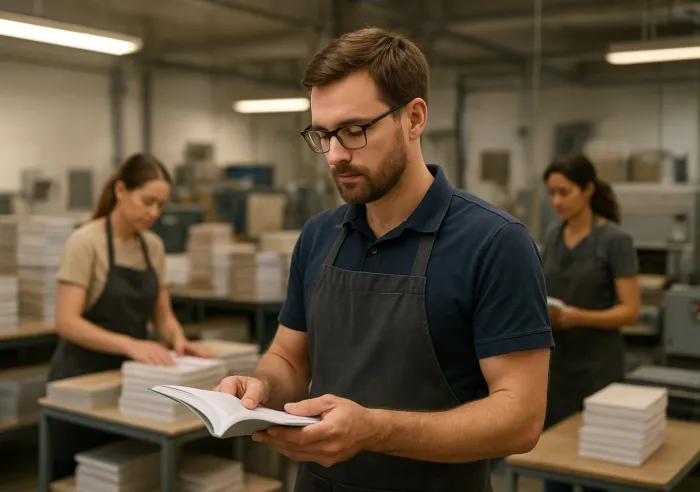
estimated reading time: 5 minutes
How much does it Cost to Print a Book?
A wide variety of individuals and organizations rely on book
printing services. While the books may serve different purposes - from personal
development and education to marketing or storytelling - every book project will
trigger the same question at some point: "How much will it cost to print my
books?"
The truth of the matter is that when it comes to the cost of
having books printed, there isn't a one-size-fits-all answer. This is because
the printing costs are dependent upon a variety of factors, which are outlined
below.
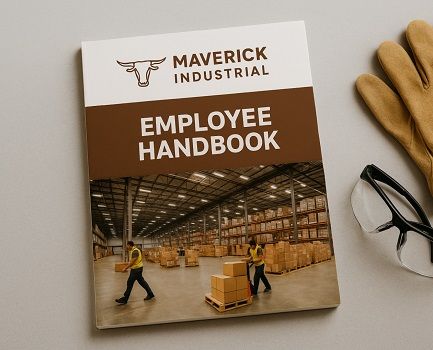
The Printing Cost Depends on the Book's Specifications
If you walked through the lots of some auto dealerships and
compared different vehicles, you would notice the window stickers don't all display
the same price. The prices are different because they are based on the unique
specifications of each vehicle, such as the make, model, and optional features.
Just like with cars, the cost of custom printed books can vary
greatly. Because the specifications of every book project are unique, the price
must be calculated on a project-by-project basis.
Having said that, here are the main factors that affect the
price of custom printed books…
1. Order Quantity
Like most manufactured products, the order quantity is one
of the biggest drivers of cost. Due to the economies of scale, a larger
production run of books will yield a much lower unit cost than a smaller
production run.
For example, an order for 25 softcover books might cost $10-$20
per book, whereas an order for 2,500 of the same book might only cost $2-$3 per
book. The more books you print at one time, the lower the cost per unit.
2. Book Size
The physical dimensions of a book also play a significant
role in its production cost. Larger books will naturally require more paper
and ink to create, thus incurring more expense for these materials.
In addition, standard book sizes - such as 5.5" x 8.5", 6" x
9," or 8.5" x 11" - are often less expensive to produce than non-standard
dimensions. Also, keep in mind that oversized books or unusual formats can
increase the cost because they may require specialized production.
3. Page Count
Obviously, the more pages in a book, the more paper and ink
it will consume during production. Hence,
the unit price of the book goes up incrementally as its page count increases.
For example, a 400-page novel will cost significantly more than a 100-page handbook, even if the width, height, and all other specifications are the same.
4. Binding Style
The binding style is often determined by the page count. The
most affordable binding style for books with a low page count is Saddle Stitching.
The Saddle Stitch method uses wire staples to secure folded sheets within a
folded outer cover.
The most affordable binding style for books with medium to
high page counts is Perfect Binding. The Perfect Binding method uses a hot melt
glue to secure the book's pages within a wraparound cover. Perfect Binding is
extremely popular because it produces a flat spine which can be printed with
the book's title, author name(s) and other information.
Punch-and-Bind methods, such as Spiral Coil Binding, Comb
Binding, and Wire-O Binding use a plastic or metal spine element that is
installed through holes or slots punched along one edge of a book's pages and cover.
The spine element joins the book together as a unit but allows the pages to
turn freely. Although these Punch-and-Bind methods cost more than both the
Saddle-Stitch and Perfect Binding methods, they allow a book to lie perfectly flat and can be used for books with low,
medium, or high page counts.
Hardcover binding provides a durable option, but it is the
most expensive type of book binding because
it requires a more involved fabrication process. The heft of hardcover books also makes them more expensive to ship.
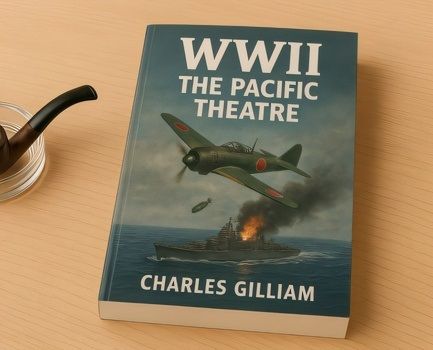
5. Paper Type
Since each book project is unique, the paper's thickness,
sheen level, texture, color, opacity, grain direction, and other
attributes are chosen on a project-by-project basis. These characteristics, as
well as the availability of the paper, are what determine its cost.
Specialty and premium quality papers can enhance the look
and feel of a book but also carry a higher price tag. Also, if your project
doesn't require a specific brand of paper, you can use one of your printer's
house sheets. A house sheet refers to a frequently used paper type a printing
company keeps in stock. Since house sheets are readily available, they are a
very cost-effective option.
6. Ink Color(s)
Printing with black ink is far less expensive than printing
with colored inks. This is why many individuals and organizations choose to
print the interior pages of their books using black ink for the text and grayscale
for the images, while using full color printing only on the cover. This combination
provides a very professional appearance while keeping the production cost low.
Of course, some books - such as comic books, children's
books, magazines, and product catalogs - generally require the use of full color
printing throughout.
7. Optional Features
There are many finishing operations available to enhance the
look, feel, and/or function of printed books. For example, gloss, matte, and
soft touch coatings or laminates are popular options for the cover of books.
Other options used to give books a distinctive look include spot
UV, metallic foil stamping, die cutting, and embossing/debossing. Although these enhancements come with an
additional cost, they can really elevate the appearance and feel of a book.
Don't be shy about requesting a Book Quote!
Since every book project is unique, requesting a custom quote
is really the only way to get an accurate cost for your specific project.
Color Vision is always happy to provide quotes for your
book projects.
Color Vision specializes in books, so we've been
printing and binding all types of books and booklets for decades. If you are
looking for quality print services at affordable rates, don't hesitate to get
in touch.
As always, we hope to hear from you soon and look forward to assisting you!
Related Articles
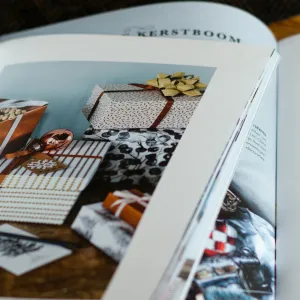
Book Printing: How to Provide an Accurate Page Count
Read This Article
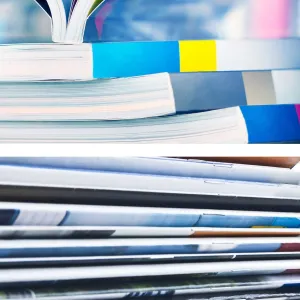
Book Printing: Perfect Binding vs Saddle Stitch
Read This Article
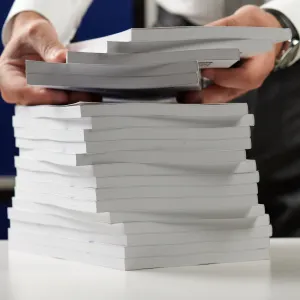
Book Printing: 9 Advantages of Perfect Binding
Read This Article
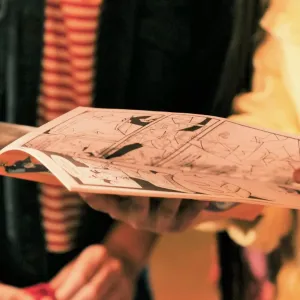
Comic Book Printing: Is there a Standard Comic Book Size?
Read This Article